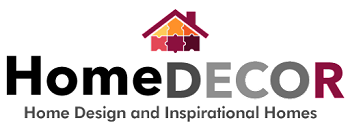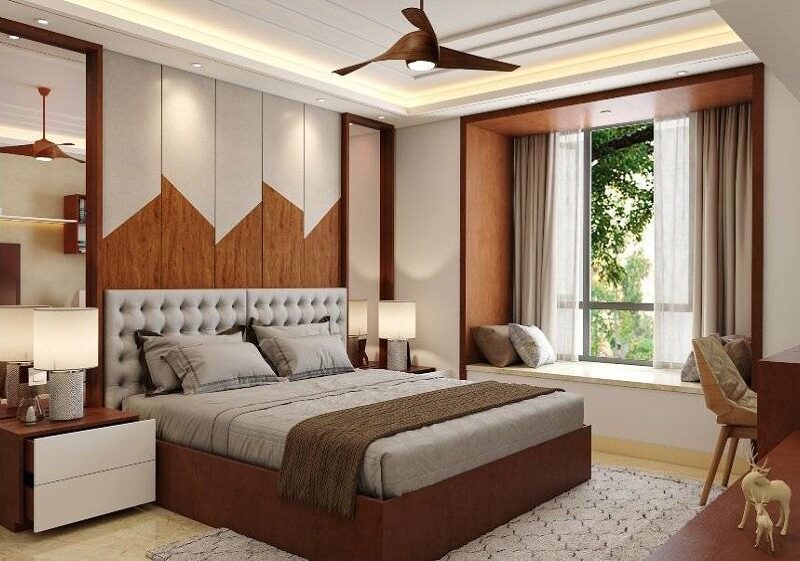Retro design is like a time machine for your home, transporting you back to a vibrant and nostalgic past while blending seamlessly with the present. It’s a design aesthetic that takes cues from decades gone by, particularly the 1950s, 60s, and 70s, and reinvents them for the modern era. With its bold colors, geometric patterns, and playful energy, retro design is both a celebration of history and a way to create truly unique spaces today.
Whether you’re a fan of mid-century simplicity or groovy 70s flair, the retro design offers endless opportunities to infuse personality into your home. Let’s break down what makes this style special and how you can incorporate it into your own space.
Key Characteristics of Retro Design
1. Bold Colors
The retro design embraces color with open arms. Think avocado green, mustard yellow, burnt orange, and bubblegum pink. These hues can be used as statement wall colors, upholstery fabrics, or even bold accessories like lamps and vases.
2. Playful Patterns
Geometric shapes, chevron stripes, and graphic prints are staples of retro interiors. These patterns are often seen on rugs, wallpapers, and accent items. They instantly capture the essence of their era while adding visual interest to room designs and bathroom designs.
3. Vintage Furniture
Retro furniture is iconic, with its emphasis on form and function. Curved sofas, tulip chairs, kidney-shaped coffee tables, and low-profile wood consoles are standout pieces. Mid-century modern-inspired designs, in particular, are widely popular for their timeless appeal.
4. Nostalgic Decor
Details matter in retro design, and small accents evoke powerful memories. You can add rotary telephones, record players, retro clocks, boomerang-shaped mirrors, or even vintage posters. These decorative touches complete the look and feel of the era you’re channeling.
5. A Mix of Materials
Plastic, chrome, vinyl, and wood were dominant materials in the retro decades. This mix of textures creates an eclectic vibe that can feel whimsical and lived-in at once.
How To Incorporate Retro Design Into Your Space
If you’re ready to channel some retro vibes, here are tips to incorporate the style without overwhelming your space.
1. Start Small
Test out the retro design by introducing accent pieces into your room designs. Ask your living room designer to add a pop of vintage color with a bold chair or brighten a neutral sofa with geometric-pattern throw pillows. A retro-inspired lamp or artwork can also make a big statement with little commitment.
2. Choose a Decade
To avoid a chaotic look, ask your living room designer to focus on one era as your primary inspiration. If you’re drawn to mid-century modern, opt for clean lines and subtle wood finishes. If the 70s speak to you, lean into warm tones, macramé, and funky prints.
3. Mix Retro with Modern
Retro design works best when balanced with contemporary elements. Pair vintage furniture with modern lighting fixtures or ground a patterned retro rug under a sleek glass coffee table. This mix prevents your room designs from looking like a throwback museum.
4. Play with Patterns, But Stay Selective
Retro design thrives on vibrant patterns, but too much can overpower a room. Use bold wallpapers, rugs, or curtains sparingly. Balance them with solid colors or textures for an uncluttered look.
5. Invest in Statement Pieces
A single standout item, like a retro sideboard or colorful sofa, can anchor the room and establish the vintage vibe. Surround it with neutral and minimalistic elements to make it shine even more.
Conclusion
Retro design remains popular because it’s a celebration of creativity and individuality. It taps into the joy of nostalgia while offering a playful aesthetic that never feels too serious. The bold colors and distinct shapes break away from modern minimalism, allowing homeowners to create a space that’s utterly one-of-a-kind.
By thoughtfully incorporating retro-inspired touches in your décor and bathroom design, you can enjoy the best of the past while keeping your home stylishly rooted in the present. With a dash of boldness and a nod to history, retro design ensures your space will always stand out.










